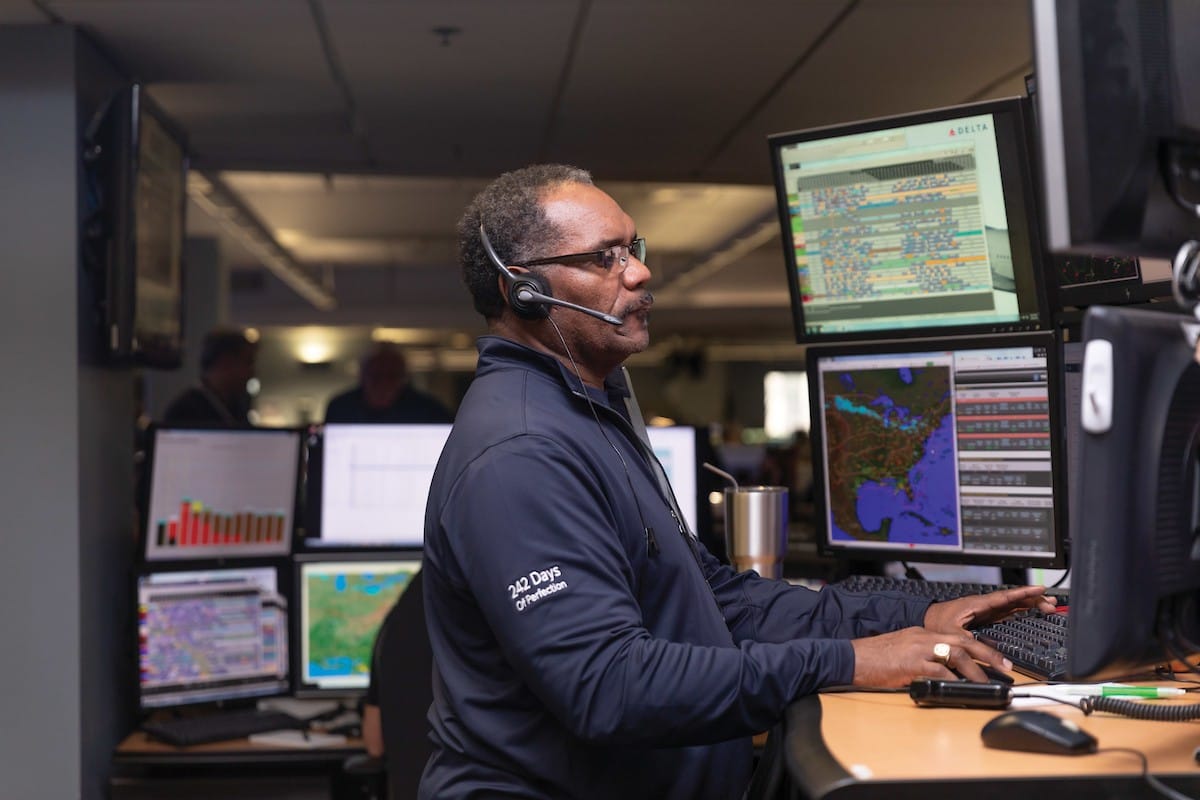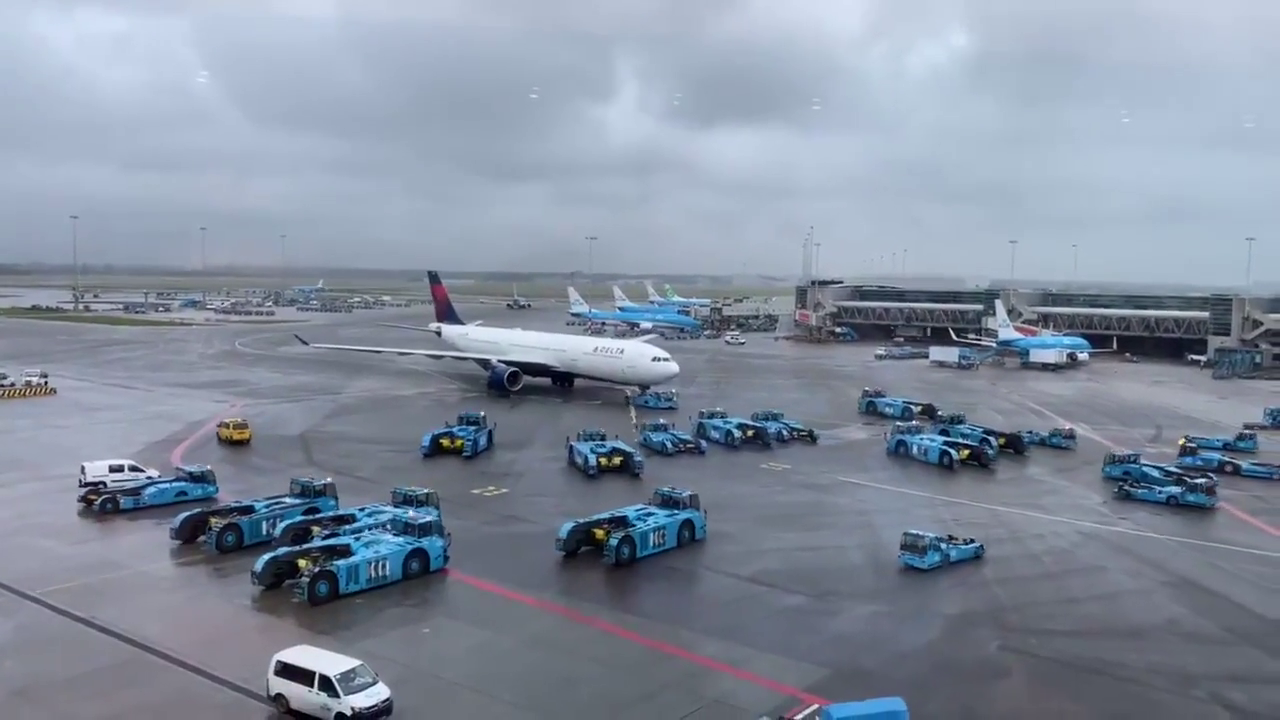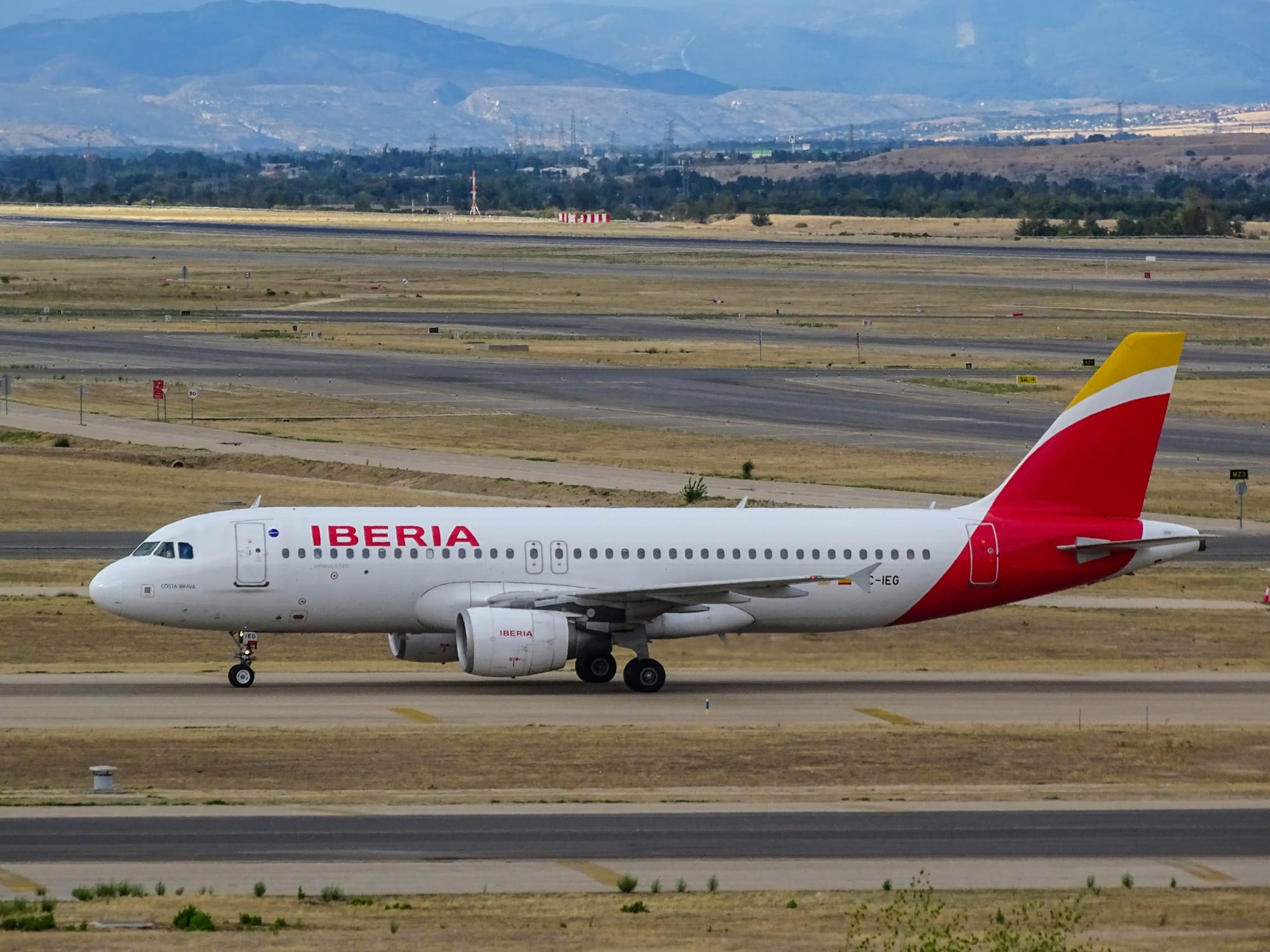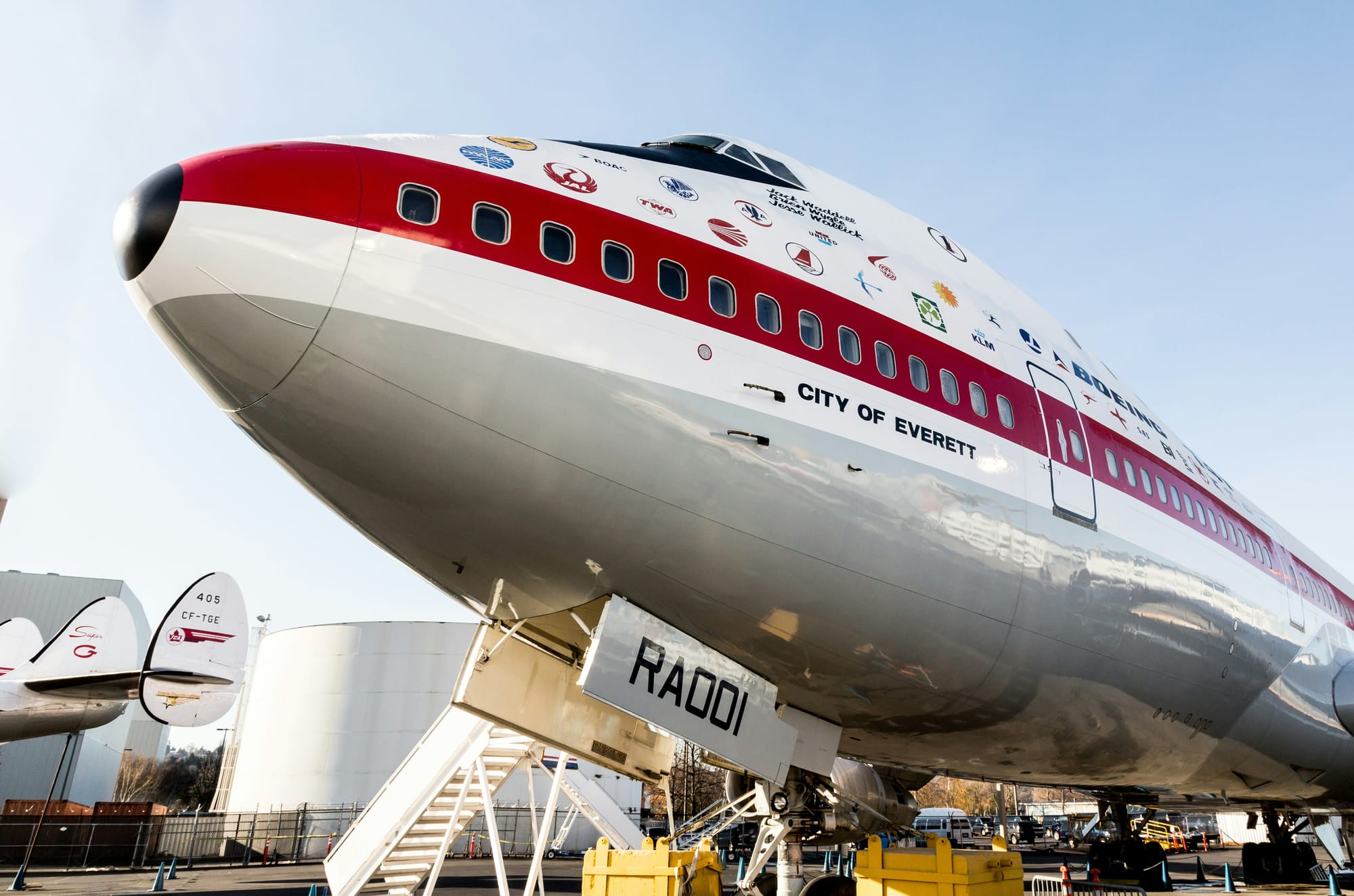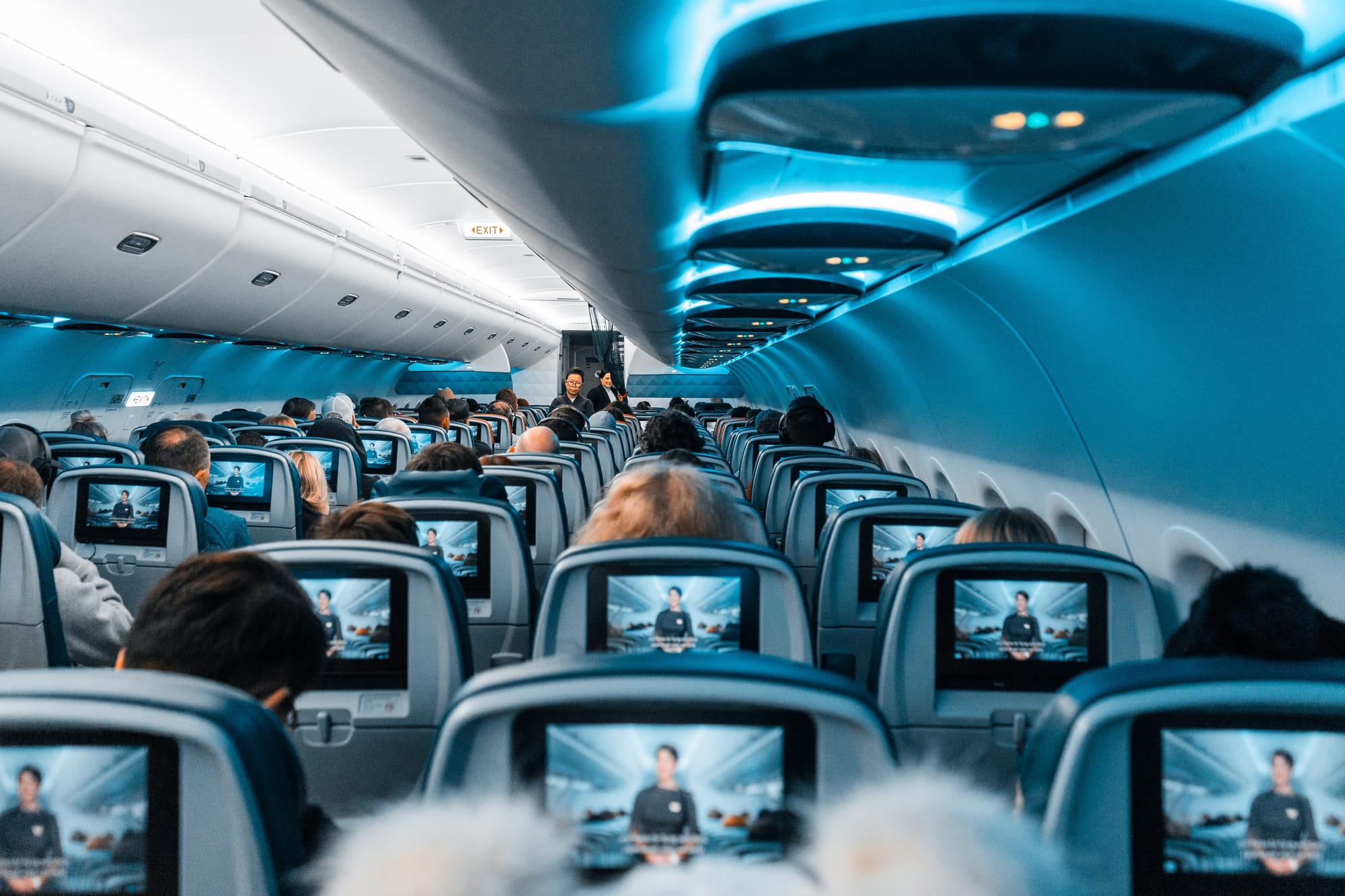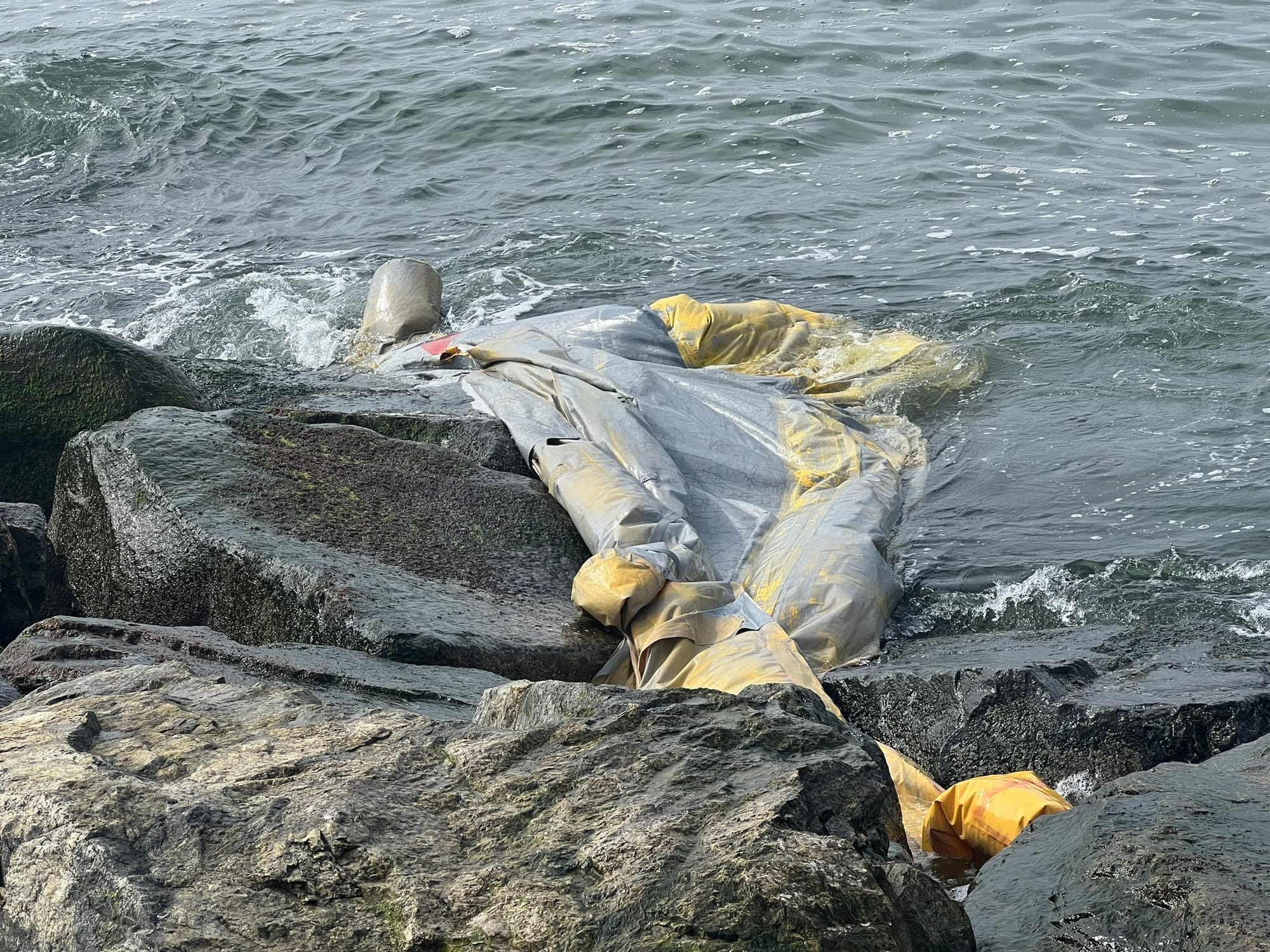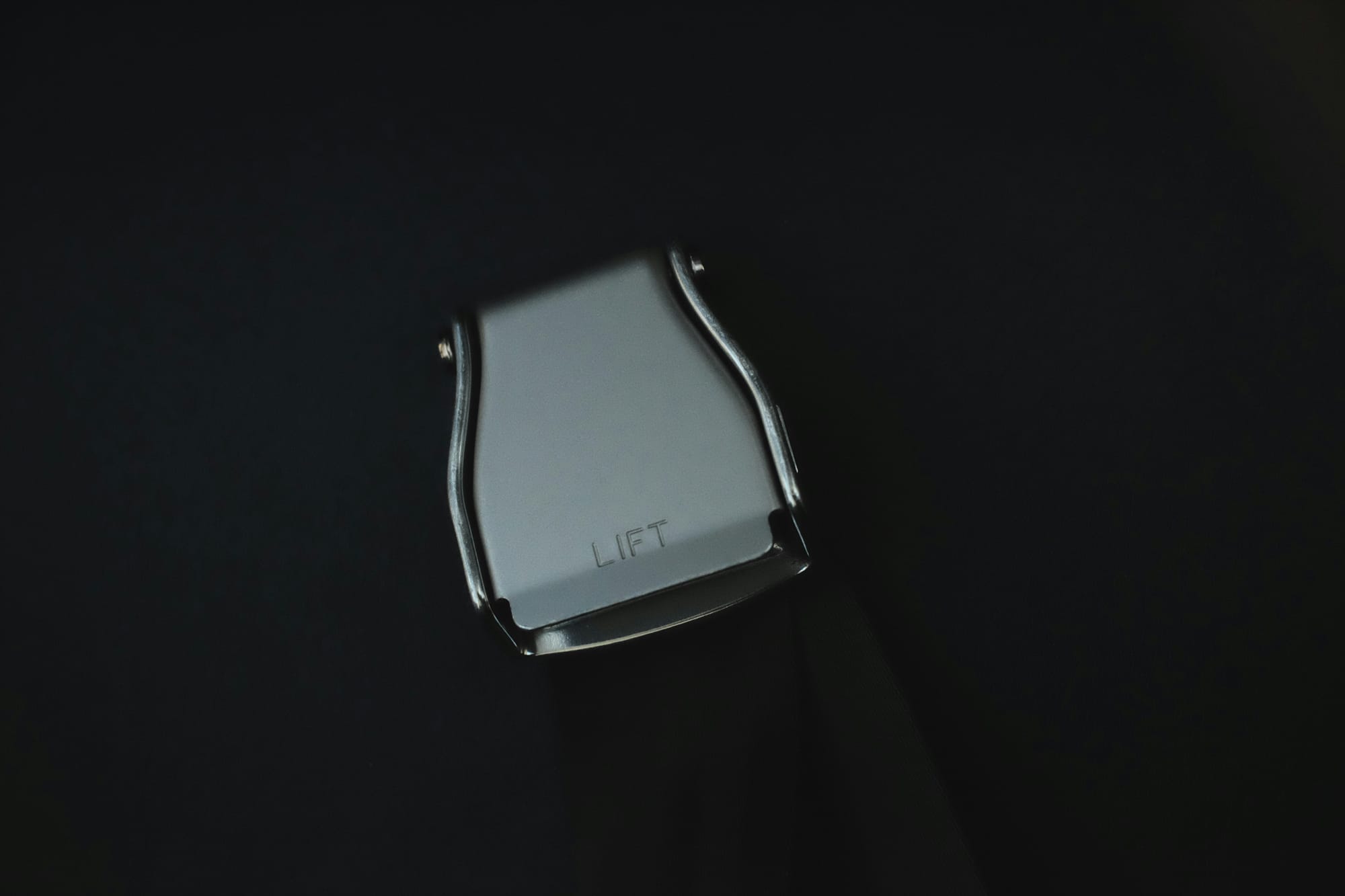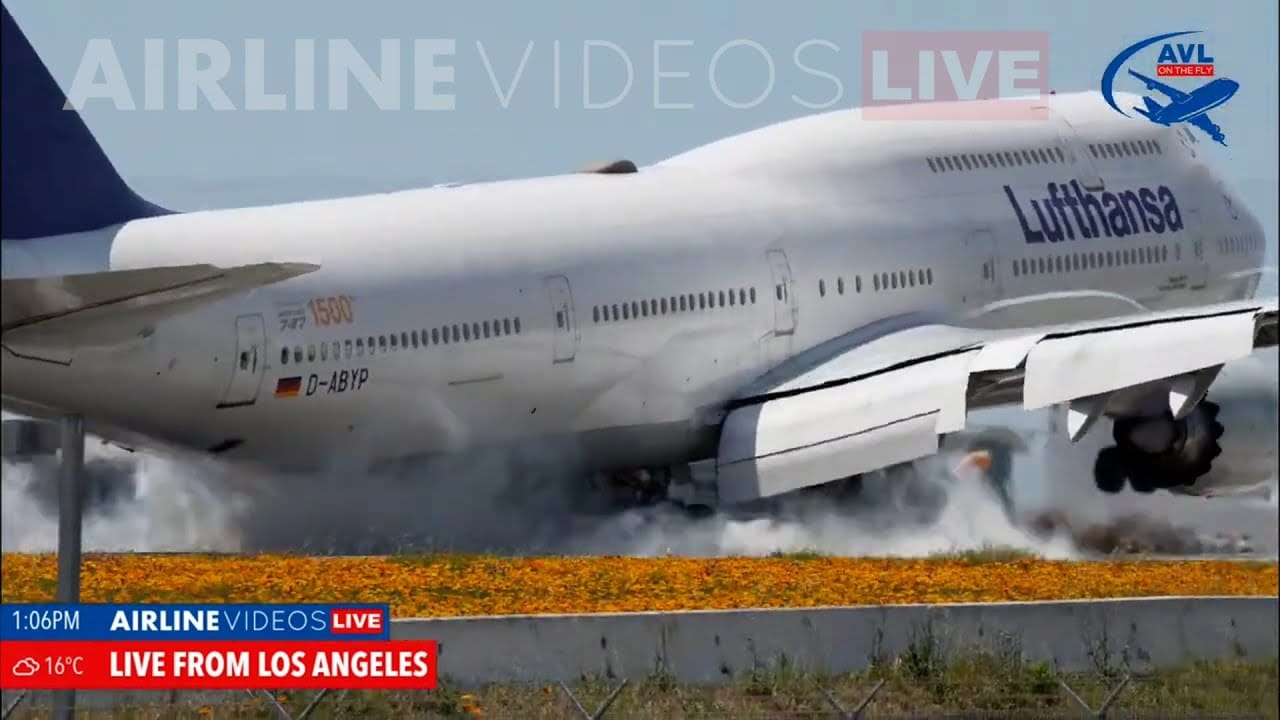For pilots and passengers alike, landing in bad weather can be a nerve-wracking experience. But thanks to advanced technology and precision approaches, planes can safely touch down even when visibility is limited. This is where Instrument Landing Systems (ILS) and their different categories, CAT I, CAT II, and CAT III, come into play. Let's take a closer look at each category and what it means for flying in foggy, rainy, or snowy conditions.
CAT I: The Standard
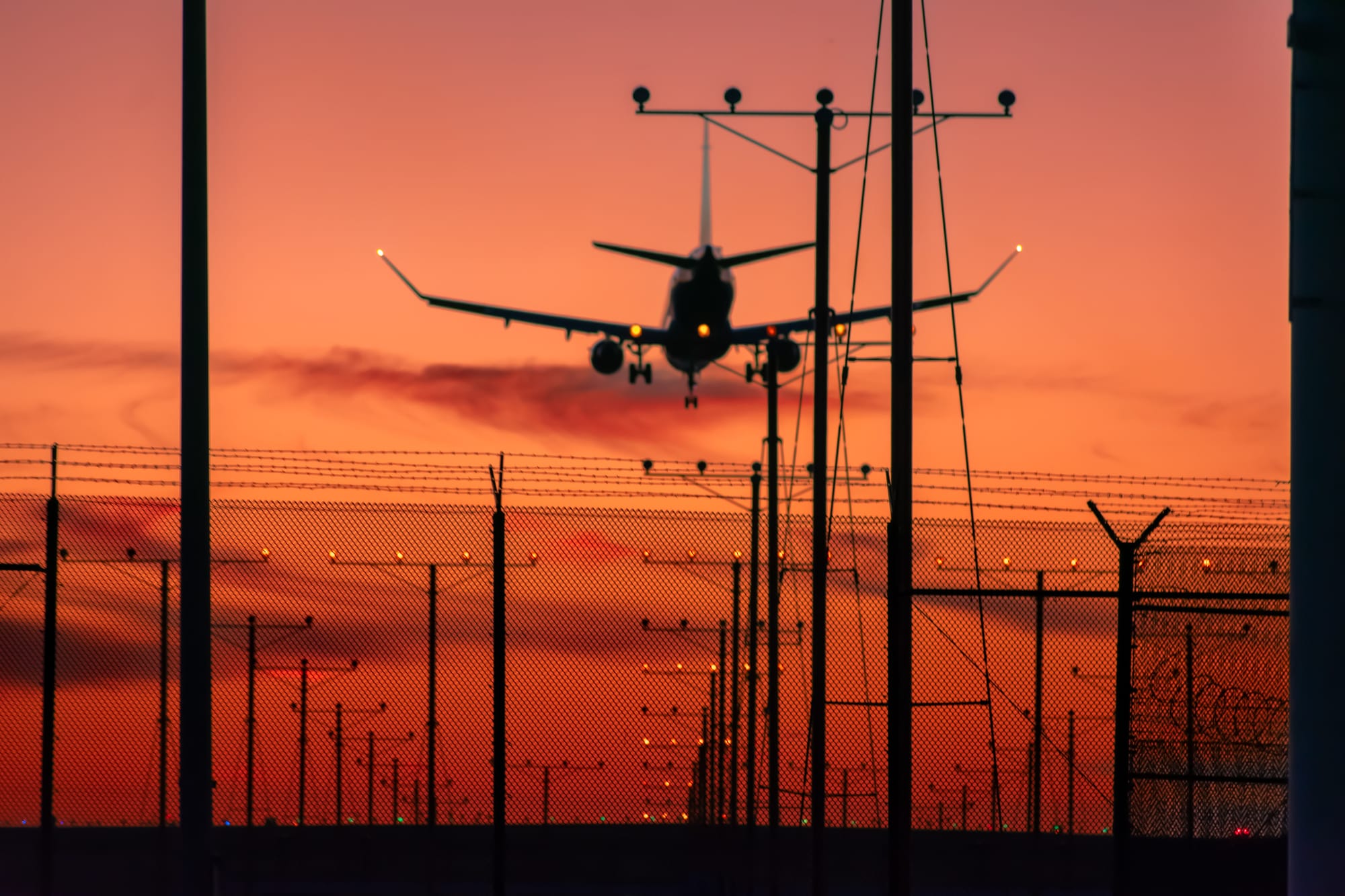
Think of CAT I as the baseline for instrument approaches. It allows landings with a minimum visibility of 1 statue mile and a cloud ceiling of 200 feet. While sufficient for good weather conditions or moderate fog, CAT I landings still rely heavily on the pilot's visual confirmation of the runway before touchdown.
CAT II: Stepping Up
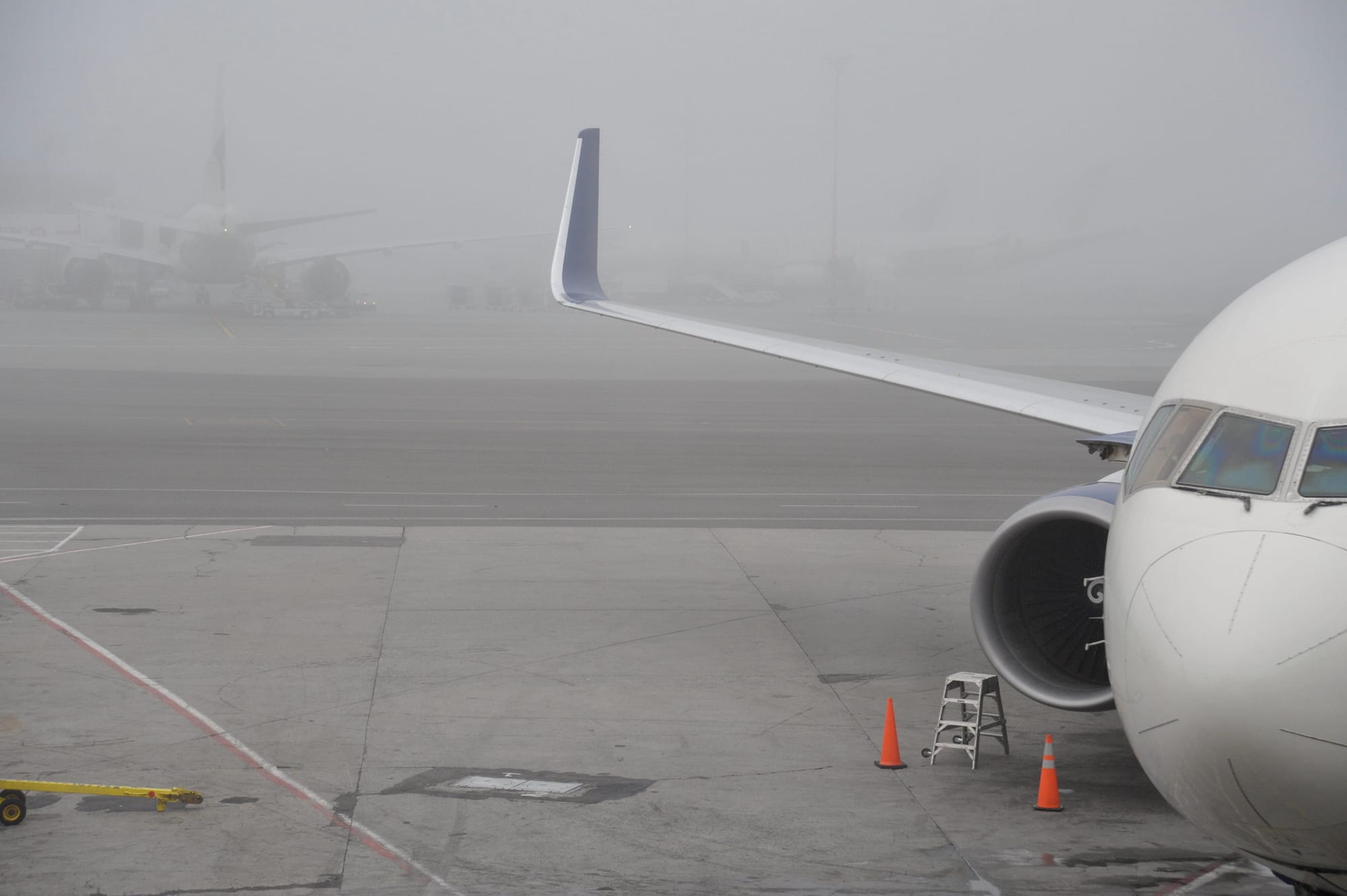
For lower visibility situations, CAT II takes us to a whole new level. Here, visibility isn't measured in standard statue miles but as a value called Runway Visual Range or RVR. Minimum RVR for a CAT II approach is 1000(feet). And ceiling can be a minimum of 100 feet. The key difference in a CAT II approach lies in the increased reliance on automation. CAT II approaches require an autopilot coupled to the instrument landing system (ILS) for smooth descent and lateral guidance. Additionally, radio altimeters play a crucial role in determining the decision height (DH), the point where the pilot must decide to land or go around.
CAT III: I Can't See
Now, we enter the realm of near-zero visibility. CAT III further reduces minimums, with subcategories offering varying degrees of darkness and fog penetration:
- CAT III A: Visibility of 600 RVR and a cloud ceiling of 100 feet. Automatic landing systems are often used, although manual landings are allowed under specific conditions, mostly with Heads Up Display (HUD) aircraft.
- CAT III B: Visibility of 200 RVR and no cloud ceiling requirement. Automatic landing becomes mandatory here.
- CAT III C: No Minimum visibility and no cloud ceiling requirement. Only the most advanced aircraft and airports support this category, where automatic landing is the only option.
The Technology Behind the Magic

CAT II and III approaches wouldn't be possible without sophisticated equipment on both the aircraft and the ground. Redundancy and high-integrity systems are paramount to ensure accuracy and reliability. Some key instruments include:
- Ground-based ILS: Emits precise radio signals that guide the aircraft during the approach.
- Autopilot and autoland systems: Take control of the aircraft's flight path and landing, respectively.
- Radio altimeter: Measures the aircraft's height above the terrain, providing crucial information for decision height and landing procedures.
Safety First, Always
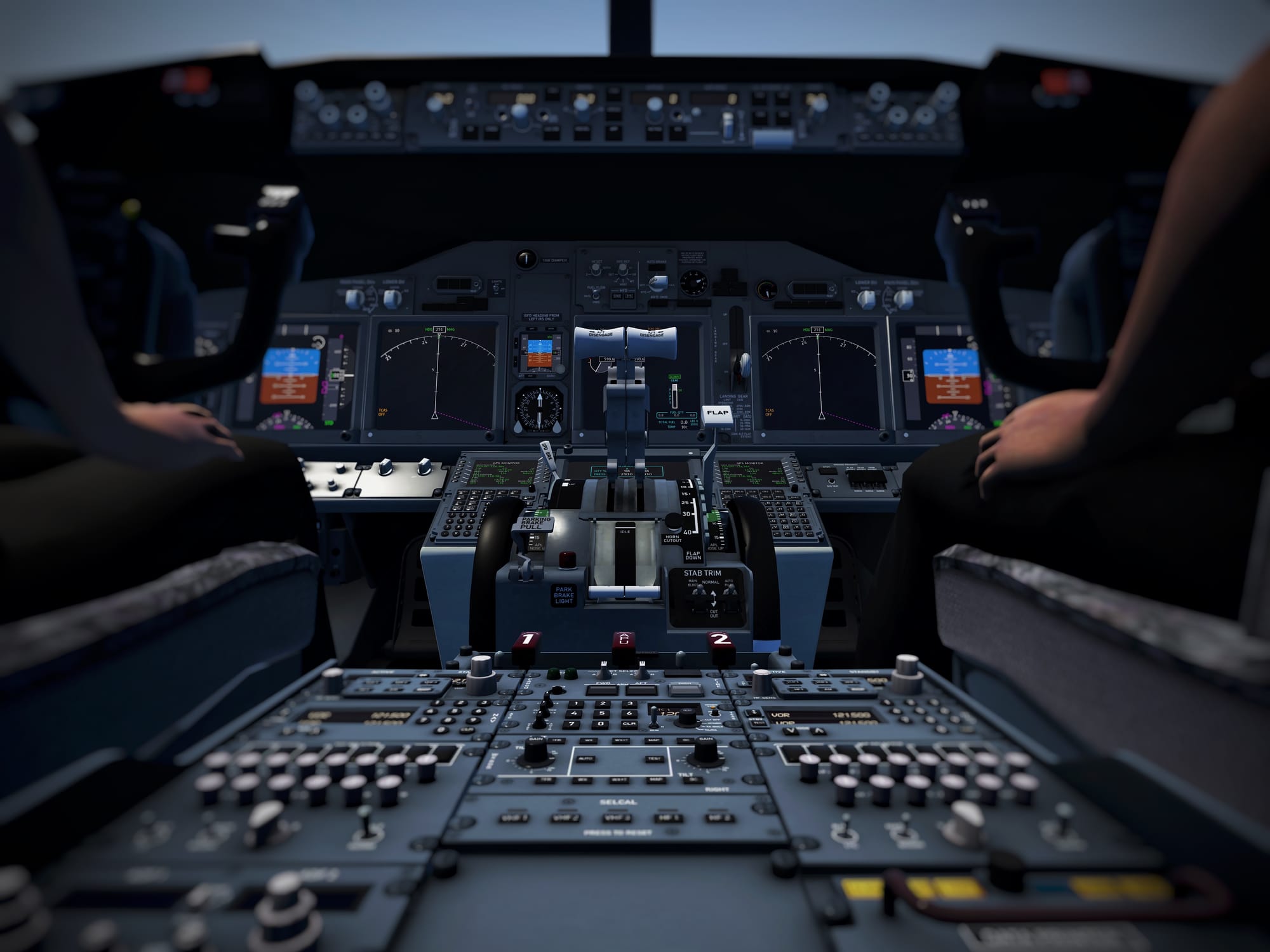
Despite the impressive capabilities of CAT approaches, safety remains the top priority. Pilots undergo rigorous training for these procedures, practicing in simulators and real-world conditions. Additionally, strict weather and equipment limitations come into play to ensure landings only occur when safely possible.
Not every aircraft can fly a CAT II or CAT III approach, both the pilots and the aircraft must be certified to fly the approach and both must maintain currency. Meaning that the pilots must complete the procedures to accomplish a CAT II or CAT III landing at least once in a set number of days. Likewise an aircraft must have their systems monitored to ensure the aircraft can accurately land itself and not drift off course.
A Testament to Innovation
These sophisticated approaches demonstrate the remarkable intersection of aviation technology and human skill. By pushing the boundaries of precision and automation, they allow pilots to land safely even when the world outside the cockpit is obscured by clouds and fog. So, next time when visibility is not great at your destination airport, know that it may not be your pilots landing but the high tech equipment in the airplane landing itself.


